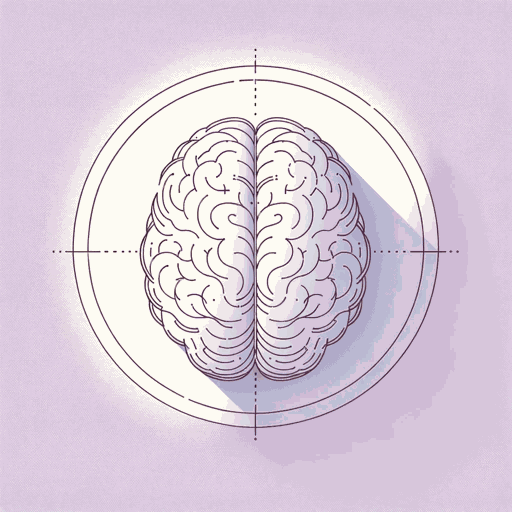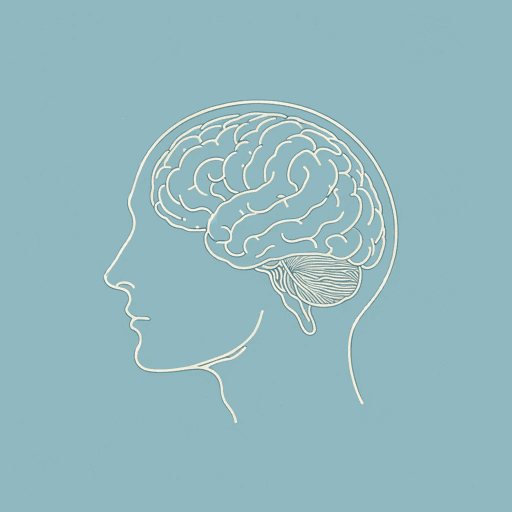56 pages • 1 hour read
David HumeA Treatise of Human Nature
Nonfiction | Book | Adult | Published in 1739A modern alternative to SparkNotes and CliffsNotes, SuperSummary offers high-quality Study Guides with detailed chapter summaries and analysis of major themes, characters, and more.
Book 1, Part 1Chapter Summaries & Analyses
Book 1, Part 1 Summary
David Hume starts his treatise by examining the very basic question of how humans perceive the world around them and form ideas. First, Hume argues that there are two different types of perceptions: impressions and ideas. Impressions are “all our sensations, passions and emotions, as they make their first appearance in the soul” (49). While impressions come from what we experience with our five senses and from our emotions, ideas come out of our thinking and our use of reason (49). Hume admits that in cases where someone has delirium or is dreaming, the distinction between ideas and impressions may become blurred. Still, Hume asserts ideas and impressions generally differ from each other (49-50). Also, Hume breaks down perceptions into two other sub-categories: simple and complex. Simple perceptions are ones that cannot be broken down further, like a color. An example of a complex perception is an apple, which combines several simple perceptions like the apple’s taste and smell (50).
Through the imagination, it is possible for a person to create ideas combined from perceptions that a person never experienced. He gives the example of New Jerusalem, an ideal city from his imagination, or Paris, which he has visited but cannot have a perfect idea of that reflects the reality.
Related Titles
By David Hume




